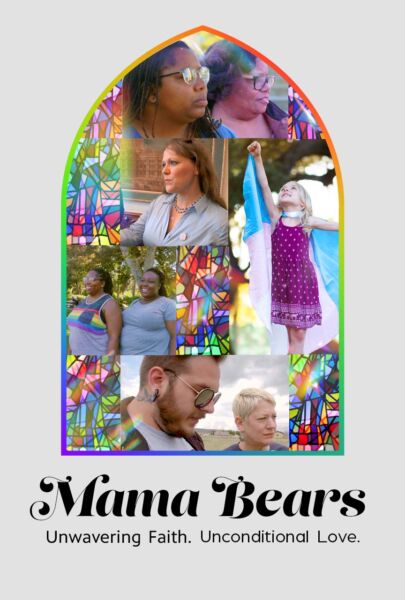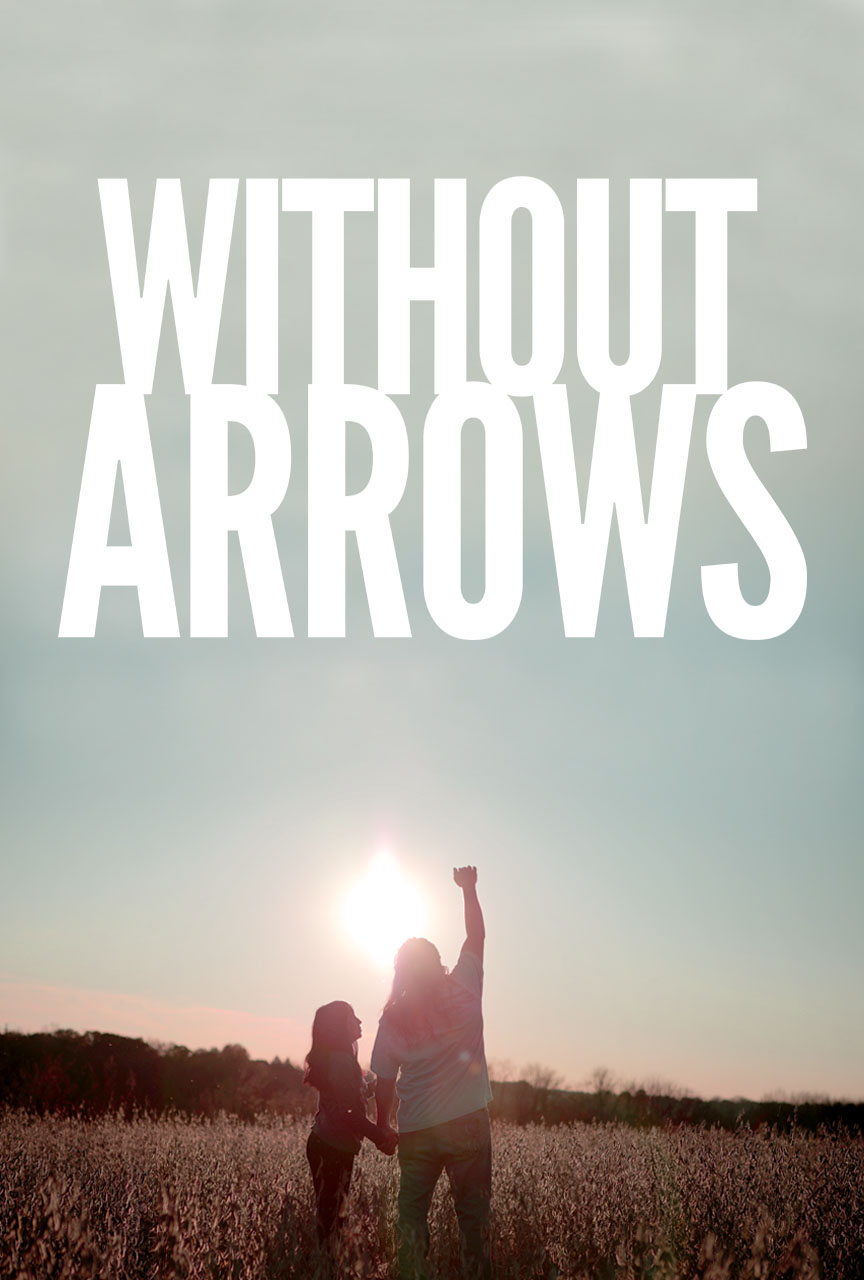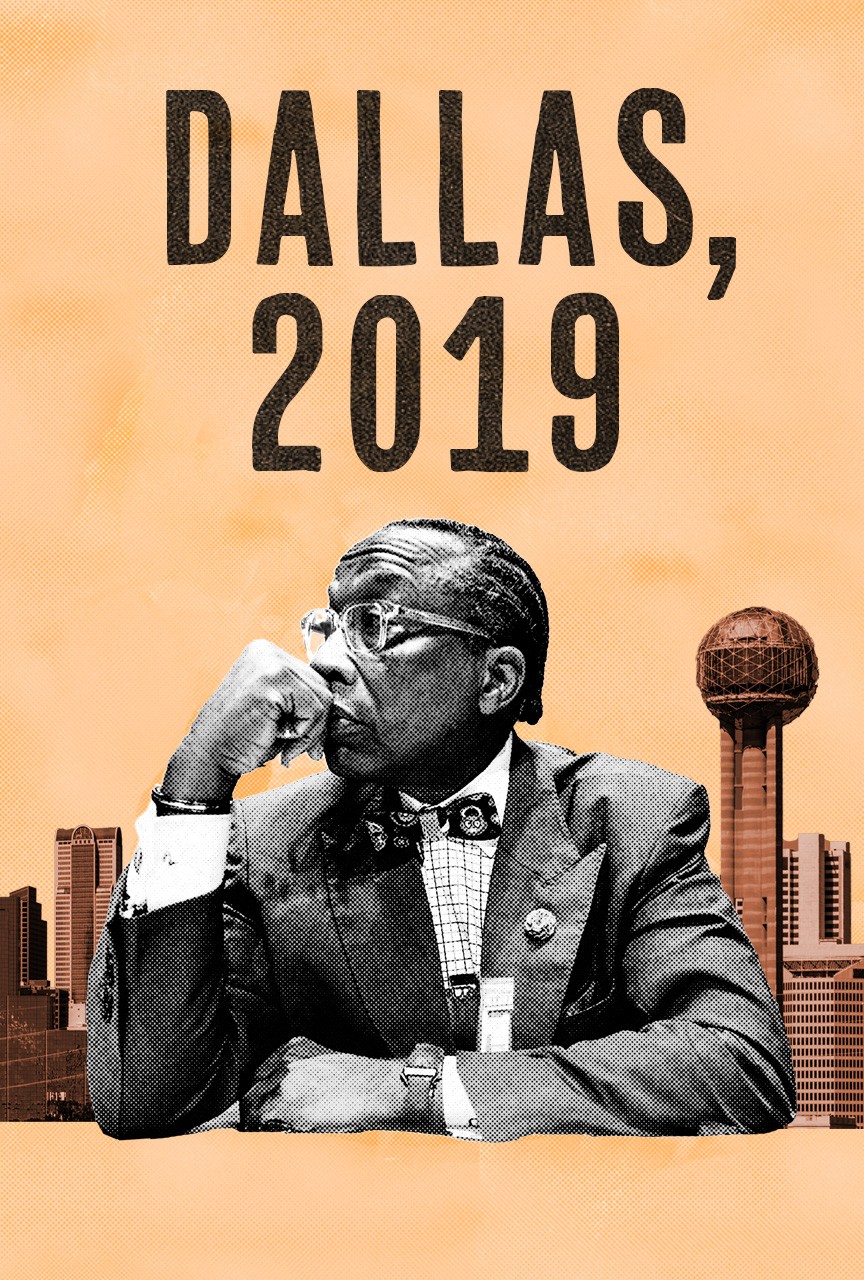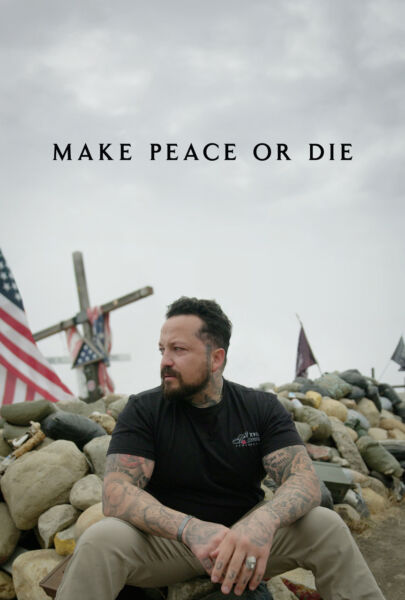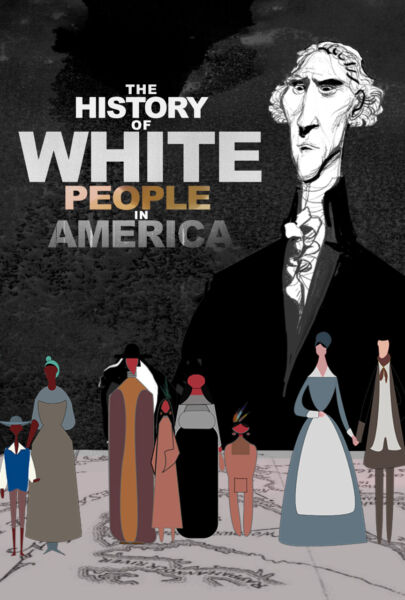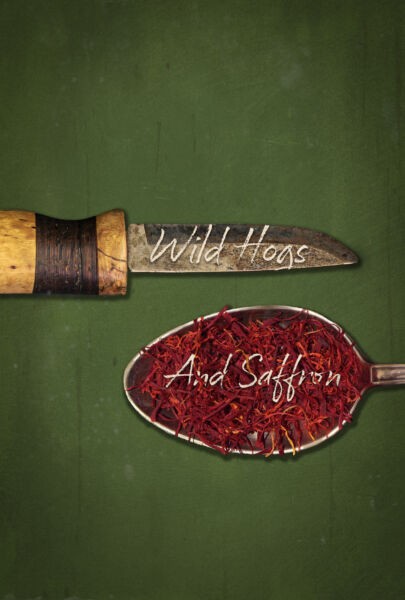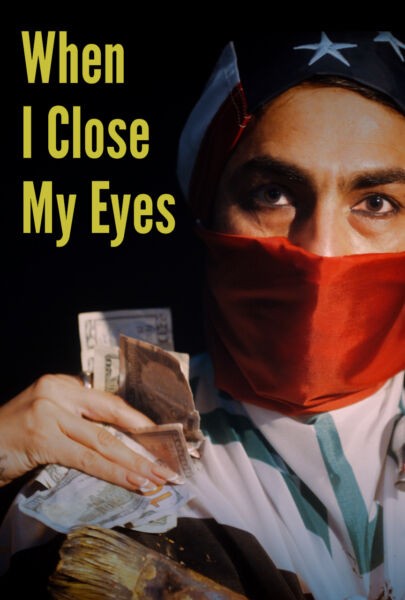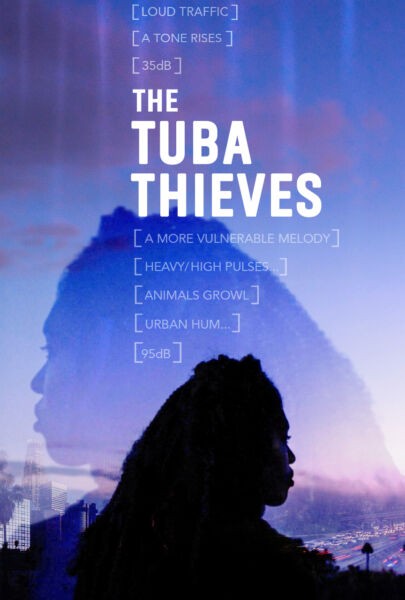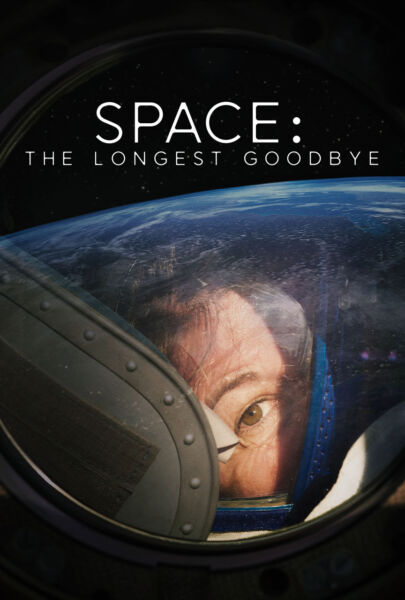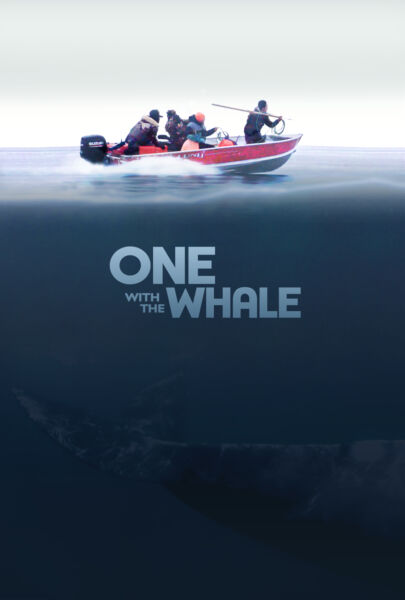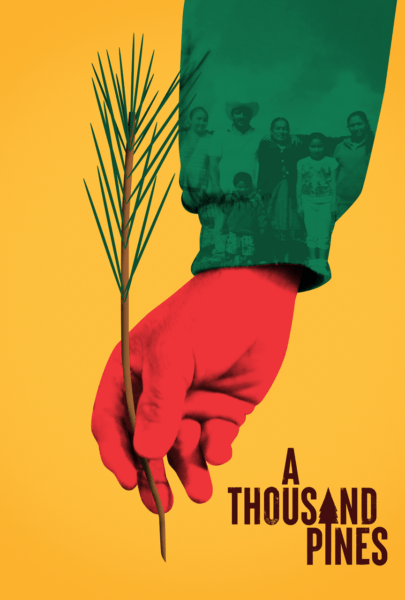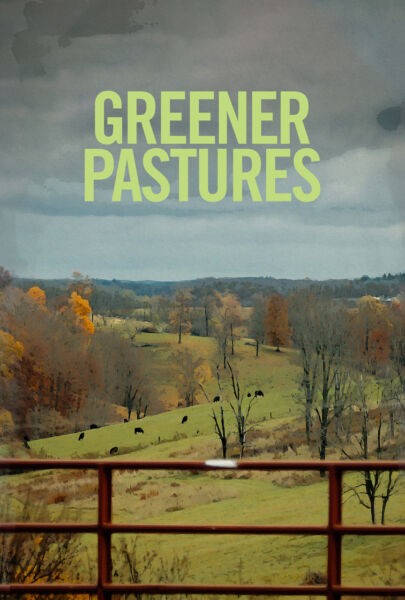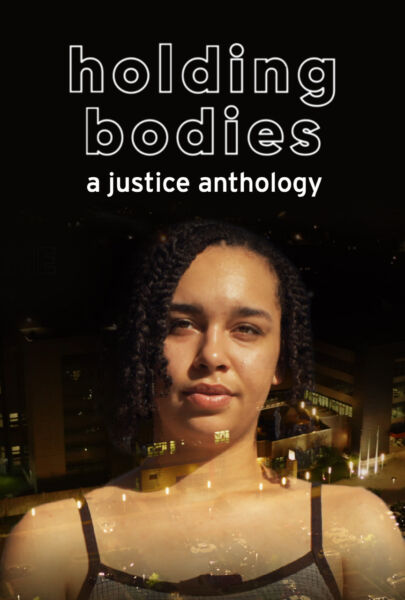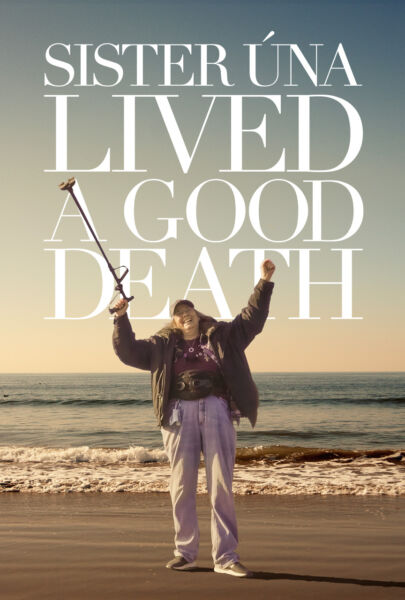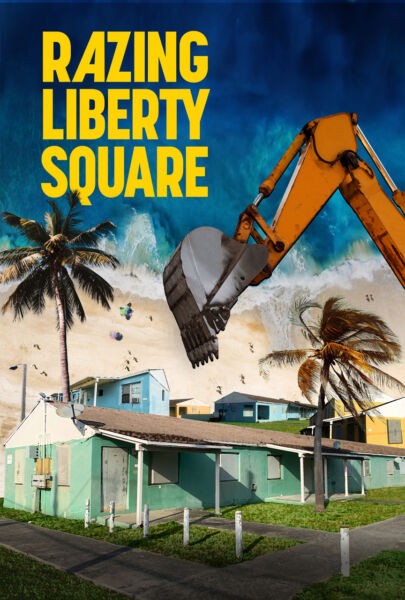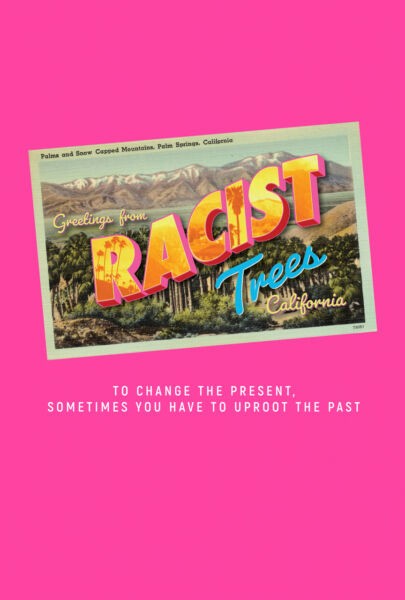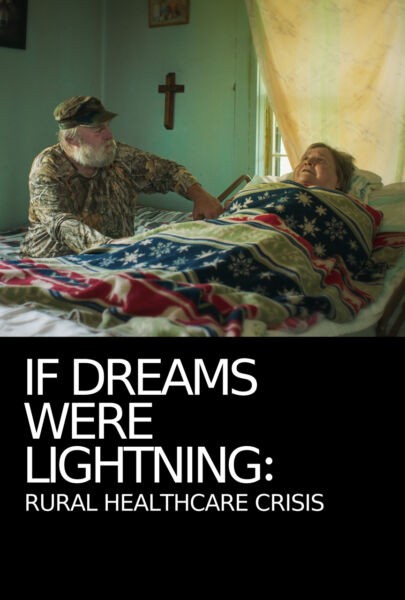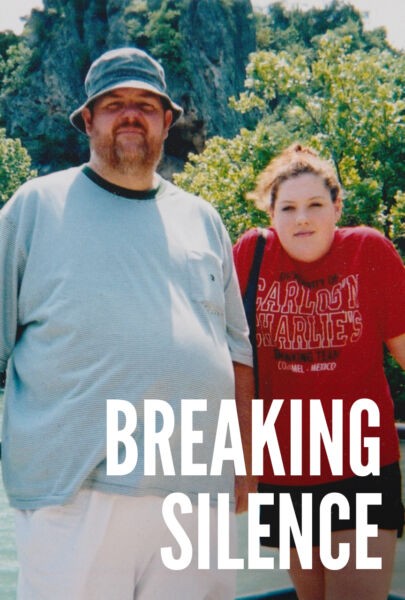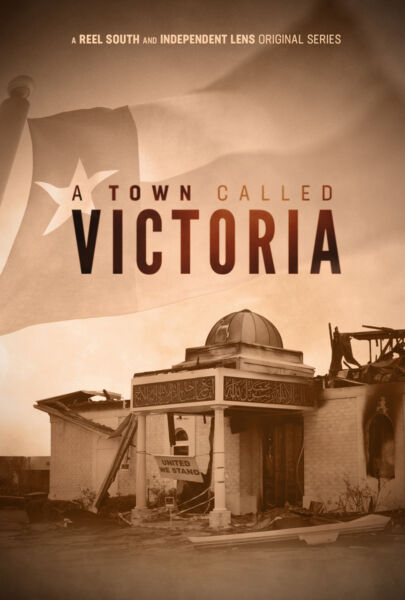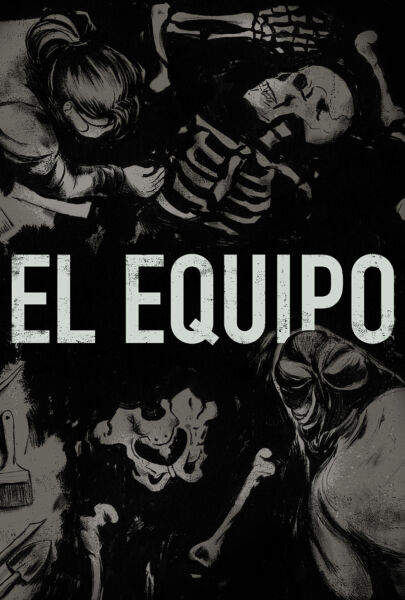Butte, America
About the Documentary
As Thomas Edison prepared to throw the switch that would signal the dawn of the electric age, an epic story was unfolding in the copper-rich mountains of Montana. Butte, America chronicles the rise and fall of a small mining town with a larger-than-life spirit—where fortunes were made and lost, and where community was precious, but life was cheap. In the late 1800s, Butte, Montana, was one of dozens of frontier mining towns that sprang up nationwide. The discovery of copper ore in Butte’s mines coincided with the push to electrify America. Copper, prized for its conductivity, was needed in vast quantities—immediately. Overnight, Butte became “the Richest Hill on Earth,” the most lucrative copper mining region in the world. Miners from Ireland and England flocked to Butte. Mines like the Berkeley, the Saint Lawrence, the Moonlight and the Neversweat employed thousands—but they needed more. Known as the “Pittsburgh of the West,” Butte’s population swelled to 90,000, morphing into a vibrant, gritty, urban oasis perched on jagged hillsides. Miners from Scandanavia, Eastern Europe and the Phillipines established neighborhoods—Finntown, Parrot Flats, McQueen, Meaderville—each with its own churches, mom-and-pop stores and schools. Rules in the mines were posted in 16 languages; above ground, the largest red light district in the West flourished. A union protected wages, but miners still worked in perilous conditions, knowing each day could be their last. They forged strong bonds that reached across cultural and ethnic lines, a camaraderie born of shared danger and hard-won comforts. On Sundays, when the church bells pealed for that week’s mineshaft victims, all of Butte mourned as one. In 1914, the Anaconda Copper Mining Company succeeded in turning Butte into a one-company town. Suddenly, “the Company” called all the shots, from wages and hours to what were deemed safe conditions. Then Butte became home to the worst hard rock mining disaster in U.S. history—the 1917 Granite Mountain fire took the lives of 168 men. Battles mounted over working conditions, some of the most violent labor confrontations the country had seen. Meanwhile, the mining company was laying waste to the local environment—the now-flooded Berkeley Pit is part of the largest Superfund site in America. Their lives and livelihood subject to the wills of powerful and anonymous forces, Butte’s patchwork of working-class neighborhoods melded into one—a tough, vital and united community forged in a copper crucible. Butte, America is the story of these individuals—iron workers, engineers, teachers, priests, miners and their families—and a testament to the fortitude and indomitable spirit that built America. Through home movies, rare archival footage, period stills, vintage political cartoons and haunting family photographs, Butte, America paints a vivid picture of the trials and joys experienced by American laborers at a critical time in U.S. history. As more countries pursue an urban lifestyle—raising profound questions about work, community, industrialization, global interdependence and the use of natural resources—the story of Butte becomes a story for the world.
The Filmmakers Pamela Roberts Pamela Roberts came to filmmaking as a social issue medium, after graduating with honors from the University of Southern California with a master’s in social work. In 1982, Roberts co-founded Rattlesnake Productions, Inc., and over the past 26 years she has produced and directed a number of award-winning documentary films and videos for public television, as well as for national and international theatrical and video distribution. Roberts produced Backbone of the World: The Blackfeet, with an all-native crew and cast under the direction of Blackfeet director George Burdeau. The film was broadcast on public television in November 1998. Roberts also co-produced and co-directed Ishi, the Last Yahi, a one-hour NEH-funded documentary that was nominated for an Emmy® Award in 1994. Broadcast on American Experience, the film won many awards. Prior to Ishi, Roberts co-produced and co-directed Contrary Warriors: A Story of the Crow Tribe, broadcast on A&E and PBS. Gabriel Byrne Gabriel Byrne is a Dublin-born producer, director, writer and stage actor. He began his acting career at the Focus Theater in Dublin and in 1979 joined London’s Royal Court Theater. Byrnes’ film debut came in John Boorman’s 1981 Arthurian epic, Excalibur. Byrne has since starred in more than 35 films, including The Usual Suspects, Miller’s Crossing and Into the West. Byrne has also produced three films and is currently writing several scripts. He won a Golden Globe in 2008 for Best Performance by an Actor in the HBO television series In Treatment. Edwin Dobb Butte native Edwin Dobb is a fourth-generation descendant of Cornish tin miners and Irish copper miners. A former senior editor and acting editor-in-chief of The Sciences, Dobb has been an independent writer for almost 20 years. He is also a lecturer at the U.C. Berkeley Graduate School of Journalism. He writes for a number of national publications, including Harper’s Magazine, where he has been a contributor since 1995. Dobb lives in East Walkerville, one of Butte’s older neighborhoods. Jane Greenberg Jane Greenberg has been making documentary films for PBS for over a decade. She produced Fenceline: A Company Town Divided and associate-produced Orozco: Man of Fire, Children of the Amazon, Discovering Dominga and School Prayer: A Community at War. Her film Standards of Decency is currently in progress. Eugene Corr Eugene Corr wrote and directed Desert Bloom (starring Jon Voight and Ellen Barkin). He wrote and directed, with Robert Hillman, the documentary Waldo Salt: A Screenwriter’s Journey, which was an Academy Award nominee. Corr also co-wrote Prefontaine, MC Hammer: Too Legit, Getting Out, Wildrose, Never Cry Wolf and Over-Under-Sideways-Down, which he also directed. Corr has earned a number of other directing credits for episodic television and television commercials. Erik Daarstad Erik Daarstad is a veteran filmmaker with 50 years of cinematography experience. He has a keen eye for detail and composition and helped to create a comfortable working atmosphere for the film participants. Daarstad’s numerous films and television programs include Take This Heart, Frank & Ollie, A Walk on the Moon, Beautiful Killers, Canyon Lands, The Babysitter’s Club, Have You Tried Talking to Patty?, Last Stand at Little Big Horn, Meet the World, Henry Moore, Diary of a Young Comic, Glory Road, Men Who Made the Movies, West of the Imagination and the Academy Award-nominated films Have You Ever Been Ashamed of Your Parents? and The Spirit of America, among others.
The Filmmakers
Pamela Roberts


